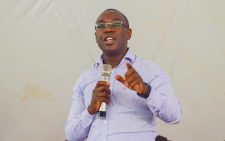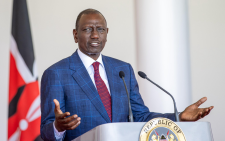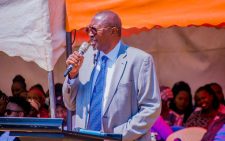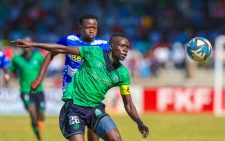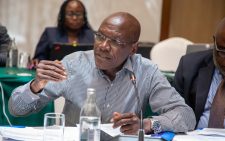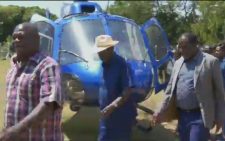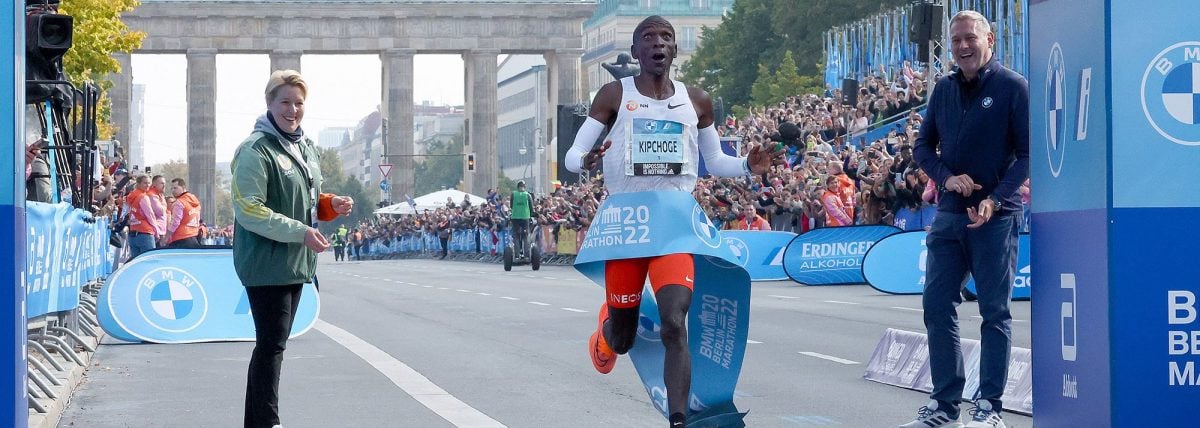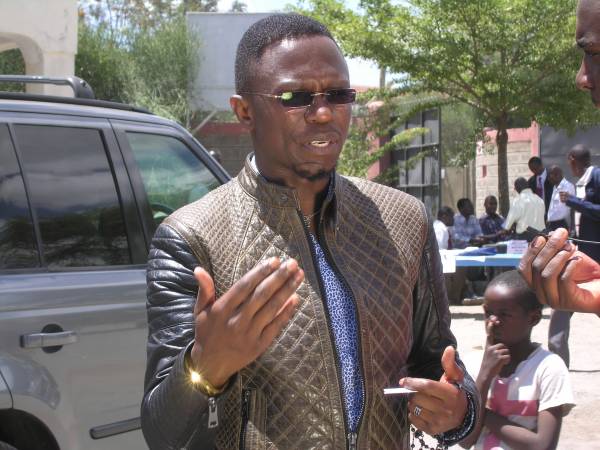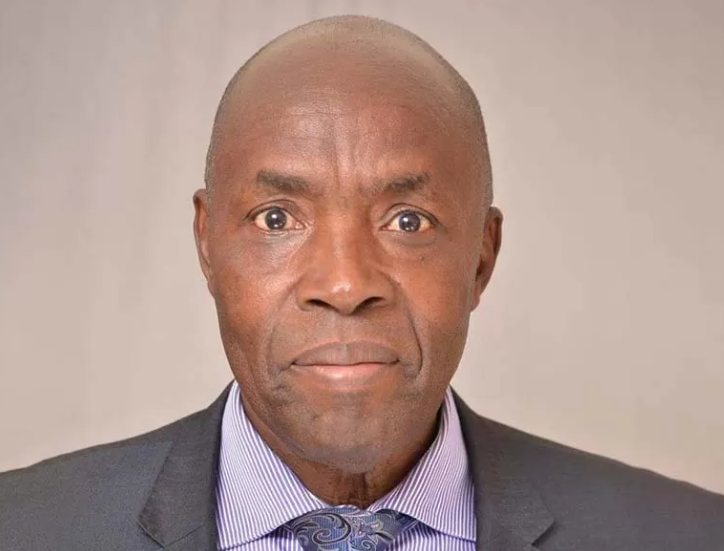How did opinion poll firms get it wrong on State House race?
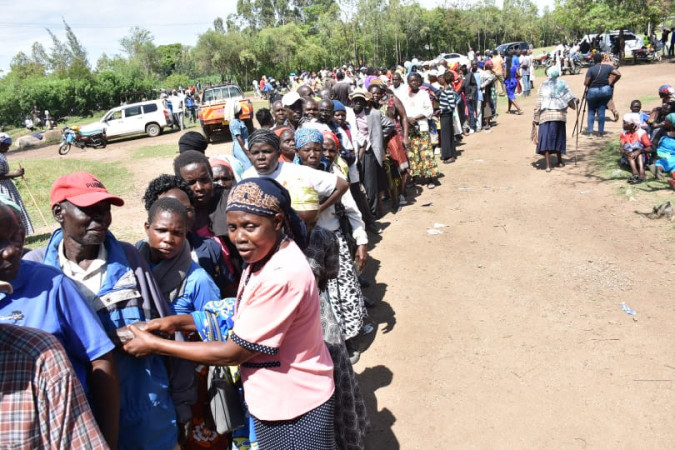
Pollsters are once again on the spot for the inaccurate predictions they released ahead of last week’s elections after William Ruto was announced the winner of the hotly-contested presidential race.
A week to the polls, leading pollsters Infotrak Research and Consulting, and Trends and Insights for Africa, gave Azimio candidate Raila Odinga a healthy lead in their surveys. But Ruto was announced the winner on Monday by Independent Electoral and Boundaries Commission Chairman Wafula Chebukati after garnering 7.1 million votes against Raila’s 6.9 million.
Chebukati said Ruto got 50.49 per cent of the votes, enabling him to be declared the outright winner after meeting the legal threshold.
Undecided voters
Just five days to the elections, Tifa placed Raila ahead by eight percentage points, saying he had a high chance of registering a first-round victory. According to the poll done between July 31 and August 1 — and had 2,268 respondents — Raila was to achieve a win of 53 per cent if undecided voters were not factored in the tabulation of support for either candidate. It placed Ruto second with 45 per cent support.
With the undecided voters involved, Raila was still ahead with 49 per cent, and Ruto second at 41 per cent support.
Despite the predictions, the pollster had a rider to its findings, saying elections would be largely determined by voter turnout, a factor rarely captured in polls.
Tifa’s lead researcher Tom Wolf said the outcome of the election would depend on voter turnout, which opinion polls cannot predict. “These poll cannot, in any way, conclusively predict the result on the August 9 elections because it does not estimate the voter turnout across the country,” said Wolf.
Similarly, Infotrak predicted a Raila win with five days to the polls. In a survey on August 1 and 2, the firm indicated he was ahead in popularity with 49 per cent support. Although it wasn’t far on Raila’s correct figures, the pollster was off Ruto’s actual performance.
The survey had 6, 000 respondents nationally. It found that Raila would beat Ruto, who polled 42 per cent in the poll.
Ipsos also handed Raila a win. In its poll conducted between July 23 and 30 through face-to-face interviews, the pollster said Raila had 47 per cent support against Ruto’s 41 per cent. Only one researcher, the little-known Intel Research Solutions, predicted Ruto’s win. Its research indicated Ruto would win with 50.5 per cent support. It gave Raila 44.2 per cent support.
On Monday, under two weeks after the pollsters issued their predictions, Chebukati said Ruto had won the highly contested presidential election in round one.
He said Ruto garnered 7,176,141 votes, translating to 50.49 per cent of the total votes cast, relegating Raila to number two — and another loss in his fifth attempt.
Chebukati said Ruto had also achieved 25 per cent of the votes in 25 counties as prescribed by the law after meeting the legal requirement in at least 39 counties. On the other hand, Raila got 6,942,930 votes, representing 48 per cent of the ballots cast.
Announcement of the final result has, once again, shone the light on pollsters following similar goofs in previous elections.
However, speaking to ‘People Daily’ on phone yesterday, University of Nairobi communication lecturer and media trainer, Dr James Oranga, said that opinion polls are not 100 per cent accurate, adding that pollsters are also prone to manipulation.
Conducted scientifically
Although he said he needed time to study the opinion polls released in the last week to the election and compare them with the actual IEBC result, Oranga noted that opinion polls “must be conducted scientifically to obtain credible results.”
The process must involve an objective methodology and must be undertaken by an organisation without bias or interest in the outcome, said Oranga.
“It must also involve accurate sampling, which must be representative of the entire population,” he said.
Noting that some pollsters failed the ‘scientific and professional test’, Oranga said the press should be able to distinguish fact from fiction with respect to opinion polls to avoid being agents of misinformation.
“They must question certain critical elements of the poll, including the sponsor, the period of the exercise, the sampling procedure, the geographical areas where the data was collected, the actual questions asked and the margin of error, so as to establish the credibility,” he said.
What it means
Regarding the just-released presidential election result, Oranga said: “It can imply two things; either the opinion polls were manipulated or the election was manipulated, or both. But I will have to study the situations at hand.”
It is not the first time that pollsters have got it all wrong. In 2013 and 2017, they stated that Raila was the most popular candidate, only for President Uhuru Kenyatta to emerge the winner in both elections.
Speaking yesterday, Wolf attributed the difference in their figures and Chebukati’s results to voter turnout. “The polls did not capture the voter turnout. We had said this when we did our polls. Some of those polled could have also lied to us they would vote but did not,” he said.
“We are still doing an analysis for us to know what happened. Exit polls are more accurate than those done before the polls as you get to interview those who have already voted,” said Wolf.
